Hope, Freedom, Fraternity: Remembering Sainte-Mère-Église
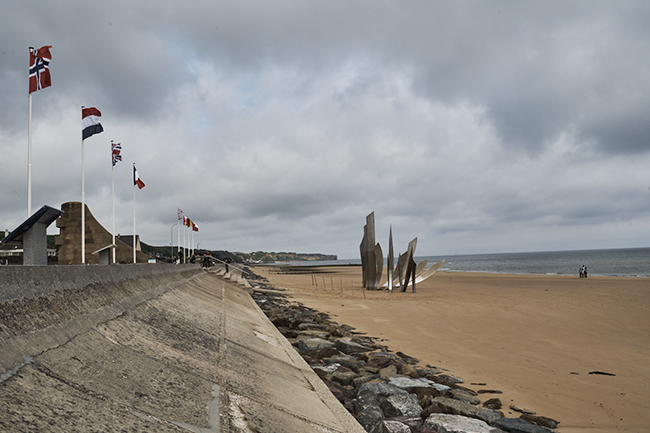

As the first French town to be liberated during June 1944’s Operation Overlord, the village of Saint-Mère Eglise is a central place of World War II remembrance in Normandy.
Photography by Dawn Dailey
The sky was dark and clouds provided cover for what was soon to descend upon this French town on the Norman coast. Occupied by Nazi Germany for four years, Sainte-Mère-Église would be the first town liberated by the Americans as part of Operation Overlord. Thanks to a strategic location at a confluence of country roads, the liberation of Sainte-Mère-Église would prove to be pivotal in the success of the D-Day Invasion.
On the night of June 5, 1944, a stray bomb from an Allied air raid caught a house on fire in Sainte-Mère-Église. Townspeople in their nightclothes formed bucket brigades to transport water to douse the fire. German soldiers, with their guns at the ready, supervised the volunteer firefighters in case it was all a ruse. Little did they suspect that a bigger ploy was just beginning, while the fire proved to be a guiding light to those circling above.
Unbeknownst to either the French townspeople or their German occupiers, battalions of planes flying in formation from England were breaking through the clouds, sending their paratroopers floating downward toward the countryside. Most parachutists missed their target. Some landed in occupied Sainte-Mère-Église, only to be shot by Germans as they descended. One, Private John Steele, landed with a thud on the roof of the church, his parachute catching on the bell tower and causing him to dangle along the roof, trapped in the sights of the Germans. Afraid he would be shot if he moved, he played dead for 45 minutes, until a German soldier in the bell tower, suspecting Steele was alive, cut the ropes on his parachute, allowing Steele to climb down. Steele was taken prisoner that night, but he soon escaped to rejoin his comrades. Today, a parachute and dummy soldier hang from the church’s bell tower as a remembrance of Private Steele and perhaps of the paratroopers who were not as fortunate as he.
Inside the church, stained glass windows serve as a reminder of the paratroopers who landed in the town. One window depicts the Madonna and Child above the burning town with paratroopers and planes. The other window details Saint Michael, the patron saint of paratroopers, with symbols and insignia of Normandy and US paratroopers from the 82nd Airborne Division who parachuted into the town and surrounding area on the night of the D-Day invasion.
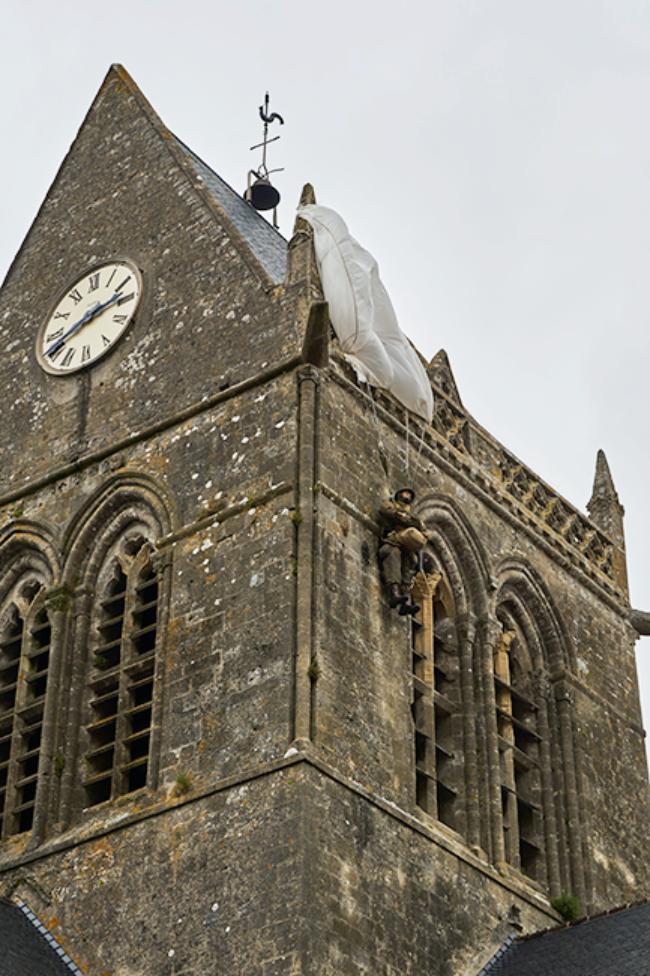
Church with parachutist in Sainte-Mere-Eglise
A place of remembrance
Truly, Sainte-Mère-Église is a town of remembrance. The local Airborne Museum is a good place to learn about the American airborne assault in Normandy. It houses relics of the D-Day invasion, including a military transport plane, and information on Operation Overlord with the events leading up to it.
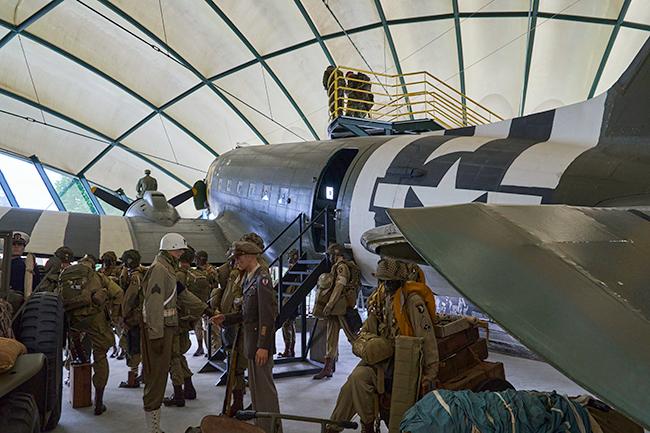
Inside the Airborne Museum – Sainte-Mere-Eglise
About 30 minutes away is Omaha Beach where American soldiers invaded Normandy from the sea on D-Day. On a cliff overlooking this now-quiet beach is the Normandy American Cemetery and Memorial at Colleville-sur-Mer. It is the largest American cemetery outside of the US. This final resting place contains 9,387 graves of Americans who died during the invasion, all marked by white marble tombstones.
Soon after D-Day, out of her immeasurable gratitude for liberating her town and ultimately her country, Simone Renaud, the wife of Sainte-Mère-Église’s mayor, began placing flowers on the graves of American soldiers. For the next forty-four years, Madame Renaud corresponded with the families of fallen US soldiers as well as veterans and tended the graves on their behalf. Today, an organization called Les Fleurs de la Mémoire continues this tradition by enlisting local families to “adopt” a grave and adorn it with flowers. It is a way for the French to help American families who cannot come themselves to their loved ones’ graves. It is also a beautiful way for the French to honor their American liberators.
The cemetery contains a semicircular colonnade, complete with a reflection pond and a 22-foot bronze sculpture entitled Spirit of American Youth Rising from the Waves by Donald De Lue. Inscribed at the top of the columns on the memorial is this inscription: ”This embattled shore, portal of freedom, is forever hallowed by the ideals, the valor and the sacrifices of our fellow countrymen.” A memorial wall to those missing in action contains 1,557 names. A small chapel with a beautiful mosaic ceiling by Leon Kroll contains this inscription: “These endured all and gave all that justice among nations might prevail and that mankind might enjoy freedom and inherit peace.”
This is indeed a somber, peaceful, and hallowed place. As I look across the multitudes of graves, the sheer number of soldiers who died and are buried here is overwhelming. The rows and rows of crosses and stars of David are a visible reminder of those who gave their lives for freedom, for the liberation of France, and for democracy.
The landing beaches
Remembrance continues at nearby Omaha Beach, the spot where American soldiers clamored out of their amphibious transport through rough ocean waves as they made their way to the beach and toward enemy bunkers. The first ones to exit the landing craft were gunned down by German artillery. On that day alone, 2,501 American soldiers lost their lives.

Omaha Beach
As I stand on the soft sand of Omaha Beach, there is a flag-raising ceremony for each of the Allied nations. Each national anthem plays over a loud speaker when the corresponding flag is raised. As the American flag rises and the Star-Spangled Banner rings forth, my eyes fill with tears. The flag and the anthem take on new significance. The ultimate sacrifice, the human cost of freedom and democracy, lodges in my heart. Hearing the music and seeing the flag pulls me into a different time and place where I feel part of something bigger than myself and I connect to my country in a new way. My sense of connection extends to France, for a shared heritage, rich in strength, courage, and boldness. I dab at my eyes with a tissue. My tears spill out of a full heart, grateful for the heroic acts of others, compassionate for what the French people suffered during the Nazi occupation, and thankful for those fellow Americans who gave their lives to free those they never knew. On the beach stands a 2004 sculpture by French artist Anilore Banon called Les Braves to commemorate the American soldiers who lost their lives here. This work of art represents the wings of hope, freedom, and fraternity.

Omaha Beach Visited
Never forget
The memorials here are somber, and rightly so. Each year as part of their remembrance, the people of Sainte-Mère-Église remember their own dead, 45 civilians who died (18 that night) during the invasion and subsequent months. But they also celebrate their liberation from German occupation which came, not as they expected from neighboring England, but from all the way across the Atlantic, through the heroic actions of Americans.
Those who gave their lives died for freedom and for democracy. Those who survived the brutalities of war did so as they fought the fascist regime that threatened to overtake the world. On this 80th anniversary year of the D-Day invasion and of the liberation of Normandy that began with Sainte-Mère–Église, may we not take freedom and democracy for granted. May we remember the fallen. May we not forget this horrific history and may it never again be repeated.
Lead photo credit : Omaha Beach with flags and sculpture
Share to: Facebook Twitter LinkedIn Email
More in D-Day, D-Day 80th anniversary, Normandy, Second World War, World War II
By Dawn Dailey
Leave a reply
Your email address will not be published. Required fields are marked *




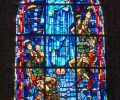
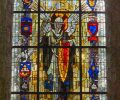
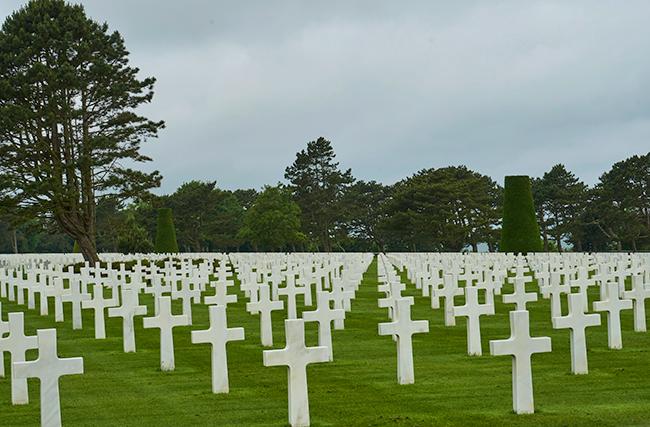
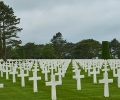
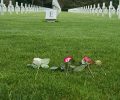
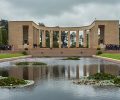



REPLY
REPLY
REPLY
REPLY